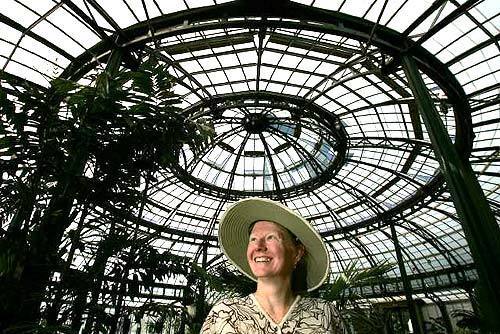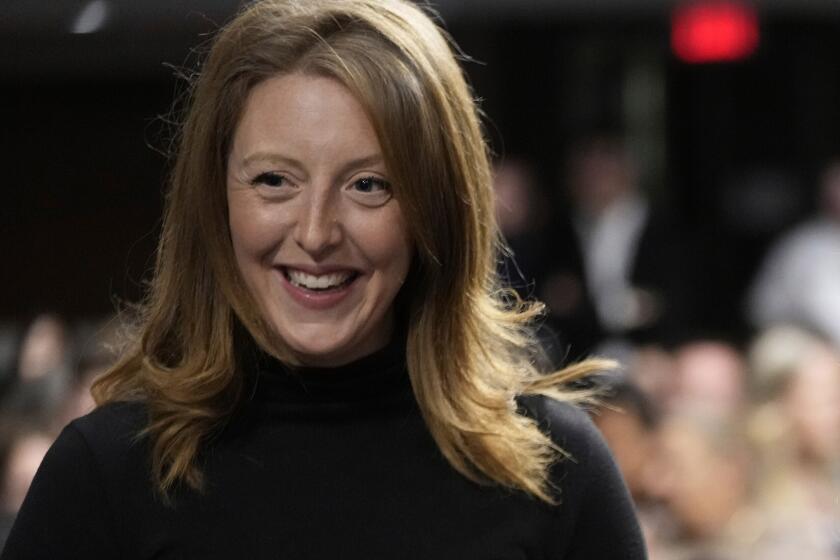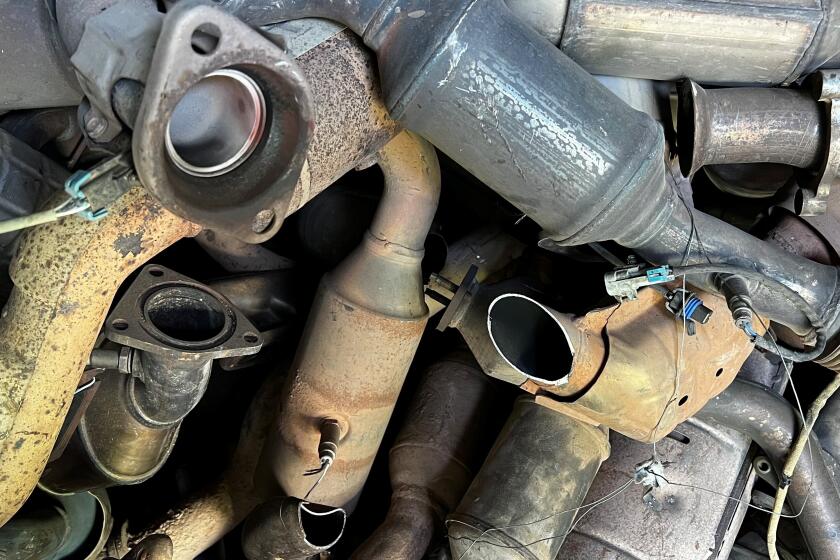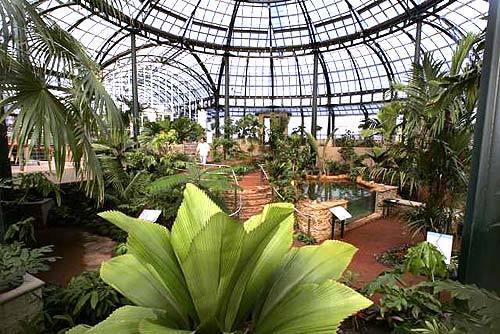
The 16,000-square-foot conservatory has four distinct environments: the tropical forest rotunda with the verdant Joey palm, in foreground, as well as trees of the spice trade; a cloud forest; carnivorous plant bog; and field lab. (Karen Tapia-Andersen / LAT)
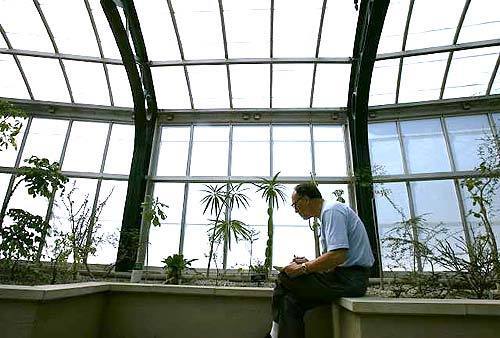
George Malone of Encino puts plant form to paper as he draws from his perch inside the $6-million conservatory. The collection includes 1,000 orchids, fly traps, tupelo trees and Spanish moss. (Brian Vander Brug / LAT)
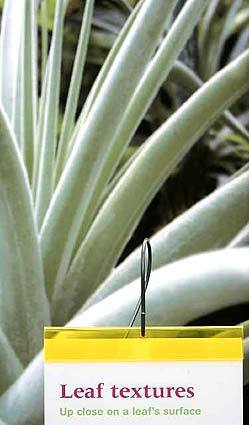
A leaf exhibit and others are funded by a $1.75-million grant from the National Science Foundation. (Brian Vander Brug / LAT)
Advertisement
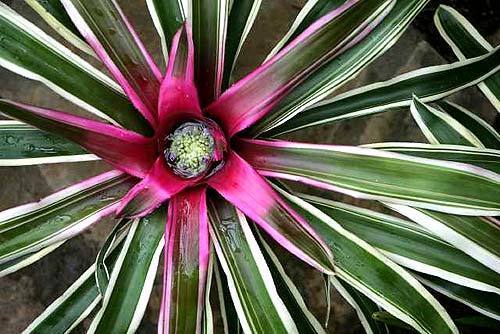
A bromeliad vivid to its core, is among the 300 or more such plants in the cloud forest. (Brian Vander Brug / LAT)
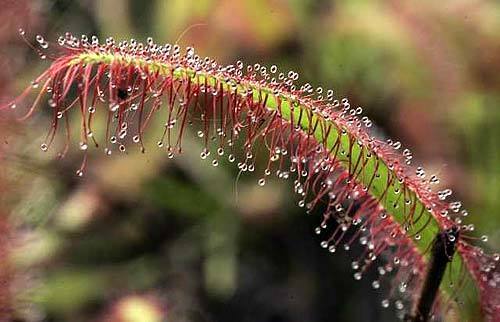
Droplets dangle like beads from the delicate reddish tendrils of the sundew, Drosera capensis. Project manager Kitty Connolly says that after visiting schools, she learned that “children want to do adult science.” (Karen Tapia-Andersen / LAT)
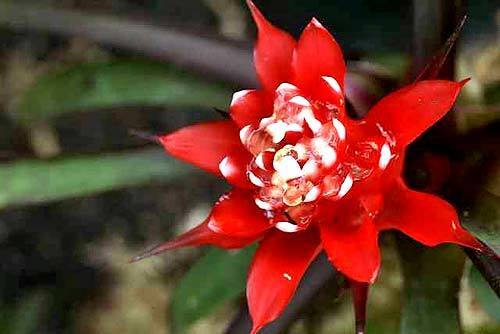
From Panama, the stunning scarlet bloom of Guzmania lingulata ‘Fortuna.’ (Brian Vander Brug / LAT)
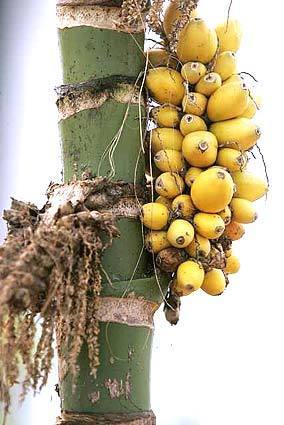
The yellow pods of the Areca ipot hang in a lemony cluster on the palm tree’s thick trunk. (Brian Vander Brug / LAT)
